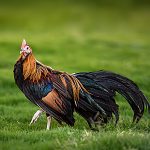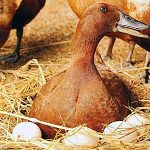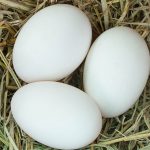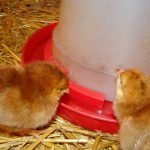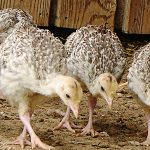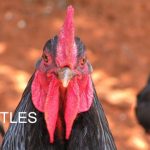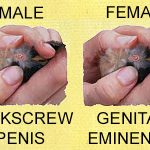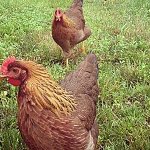
Some chicken breeds thrive better on forage compared to others. Breeds that have been kept in confinement for many generations generally forage less aggressively than breeds that have continued to exercise their foraging instinct. If you want a low-maintenance flock, and you have space for them to roam, consider these chicken breeds that are exceptional […]
Continue Reading
